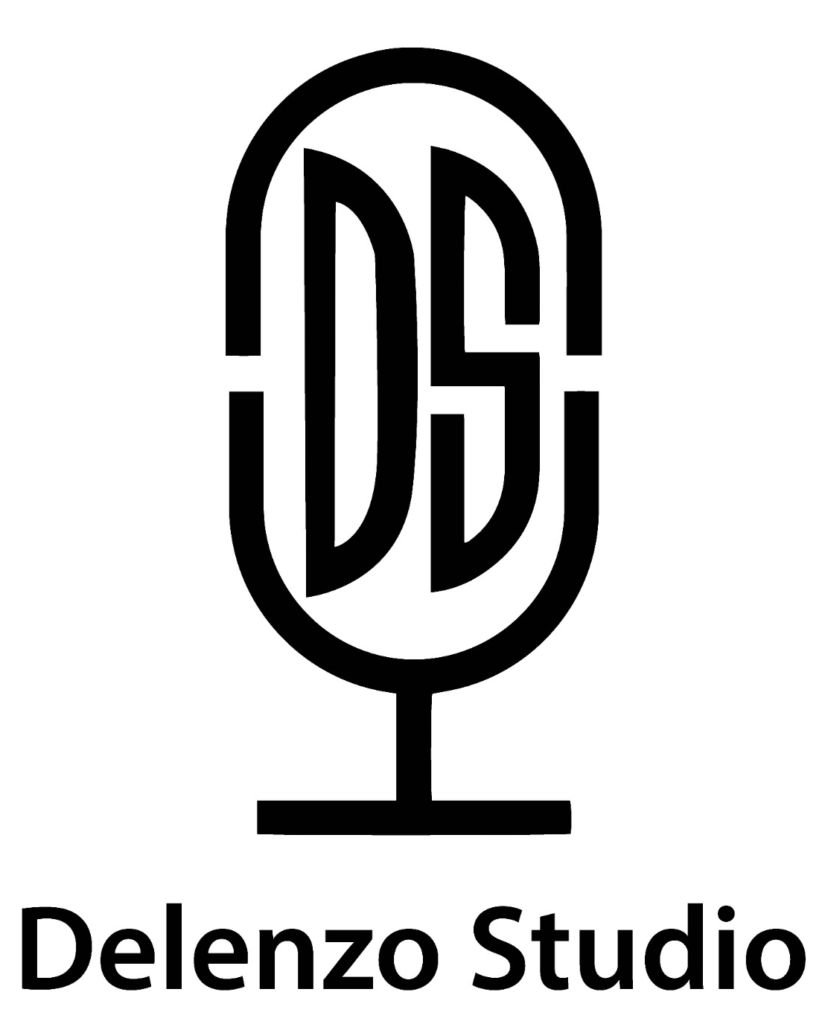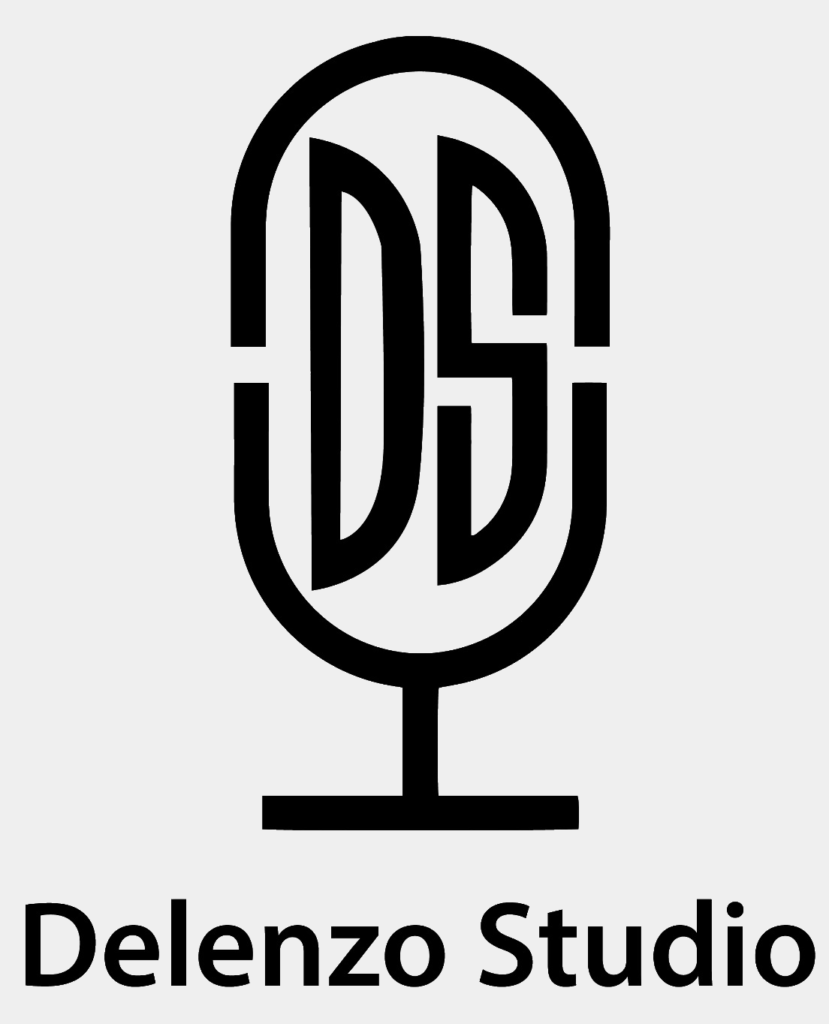In the world of content creation, both podcasters and YouTuber have carved out unique niches. While both types of creators produce digital media, they do so in different formats, each with its distinct style, audience engagement methods, and production complexities. This article will dig into the main differences between these two content creators, focusing on audience interaction, ease of access, production sophistication, and community building to understand what makes these content creators unique
A Brief Overview of YouTuber Vs Podcaster
The key difference between them is the form of content. A YouTubers produces video content that may be shared on websites like YouTube. At the same time, a podcaster works on developing audio content that is usually streamed through platforms such as Spotify Podcasts, Apple Podcasts, and more. Both share the goal of connecting with an audience, but how they do this varies greatly.
Content Medium
The most apparent difference is the medium used by each artist. YouTuber are concerned with video creation and producing interactive visual content ranging from tutorials, vlogs, and challenges to full-length programs. They depend greatly on visual connections to capture their viewer’s attention.
On the other hand, podcasters create audio stories that engage people through sound alone. Although audio content does not force people to look at something, it forces listeners to imagine the world being described by the podcast host. Sound effects used in podcasts can enhance the experience, making it easier for the mood and creating a clear mental image.
Audience Engagement
Both content creators prioritize audience engagement, but they do so in different ways.
Visual Engagement vs. Imagination
As previously stated, video creators use many visuals to communicate with their audience. From video content to visual bridging, YouTube’s appeal is sometimes its ability to demonstrate, not explain. Facial expressions, body language, and visual narratives are the most potent weapons in audience engagement.
Audio creators encourage their listeners to use their imagination. Without images, the burden of creating a picture rests on the narrator’s words and sound design. The listener’s imagination is the canvas on which the story is painted, and this can create a more personal, intimate relationship with the material.
Community Engagement
Both types of creators excel at building communities, but how they foster them differs.
Video producers create communities through comment sections, live chats, and social media platforms. The visual nature of their content encourages active feedback in the form of likes, comments, and shares. Community engagement is often built around the shared enjoyment of video content and can lead to collaborations with other content creators.
Audio producers, however, cultivate community engagement primarily through listener feedback via reviews, emails, and social media. Since podcasts are often consumed passively (e.g., while driving or working), building a community through interaction requires more effort. Yet, podcast listeners tend to be incredibly loyal and engaged due to the medium’s personal, often intimate nature.
Accessibility
The accessibility of podcasts and YouTube videos can influence how and when people consume content.
Accessibility and Portability
One of the benefits of podcasts is that they are portable. Podcasters present their content in a way that can be quickly consumed on the move, such as when running errands, working out, or traveling to work. Podcasts are available on a number of platforms, including Spotify Podcasts and Apple Podcasts, and listeners can access them from their smartphones, laptops, or other portable devices.
On the other hand, YouTuber must depend on video production, which requires more concentrated attention. Viewing a video requires sitting and concentrated attention to a screen, restricting when and where an individual can consume the content.
Production Complexity
Video creators often face more intricate challenges when it comes to production complexity. Video production involves several layers: filming, editing, sound design, and special effects. It requires creative and technical resources to create polished content adhering to high visual and auditory standards.
For audio creators, the production complexity is slightly different but no less challenging. Although producing a podcast might seem simpler since it only requires audio content, microphone quality, sound editing, and scriptwriting are all crucial for creating a professional podcast. Podcast SEO is also important for podcasters to ensure their episodes get discovered on platforms like Spotify and Apple.
Consistency and Quality
Both content creators must maintain high consistency and quality to grow their audiences. However, the production resources required for video content make it harder for YouTubers to upload frequently. High-quality video production requires substantial time and effort, including lighting, editing, and post-production.
While podcast hosts still need consistency, they may find it easier to create and release episodes more frequently. They don’t require high-end visual equipment, and their audio stories can be recorded simpler and more straightforwardly. Nonetheless, microphone quality and sound effects remain essential for producing quality audio content that resonates with listeners.
Niche and Topics
Podcasters and YouTubers often target similar niches, but their approach to topics can differ based on the medium.
Niche and Topics
Both can choose to cover various topics, from lifestyle and education to entertainment and business. However, audio creators often go deeper into niche topics because audio content has a more intimate, conversational style. The podcast medium allows creators to delve into subjects that may require a more prolonged and focused discussion. At the same time, video creators typically need to keep things visually engaging and more fast-paced.
Podcasting vs. YouTube Community Building
Building a community is crucial for each content creator. However, the strategies differ.
While both platforms require engagement, YouTubers often build a community through video content that can be shared, commented on, and reacted to. They also benefit from YouTube’s algorithm, which can recommend content to a wide audience based on viewing habits, allowing for natural growth.
Podcasters build communities through a mix of audio stories, personal branding, and listener interaction. The podcast format creates an intimate atmosphere that allows listeners to connect more deeply. However, growth can be slower for podcasters, and they rely on their audience growth to fuel recommendations and word-of-mouth.
Networking and Collaboration
Networking and collaboration are common strategies for podcasters and YouTubers, but the methods of working with other content creators vary.
Collaboration
YouTubers can create collaborative videos, market each other’s work, or challenge one another. YouTube’s visual content feature enables exciting collaborations capable of drawing in one another’s audience. For podcasters, teamwork can involve hosting guest speakers on a show or pooling efforts to contribute to collaborative projects that permit each creator to share their perspectives. Collaborative episodes can lead to increased podcast episodes for both parties, helping them to reach wider audiences and share resources.
Discovery and Algorithms
Although both sites utilize algorithms to discover content, YouTuber are deeply impacted by the YouTube Algorithm, which also significantly influences video suggestions to users. The algorithm ensures that video content is personalized to viewers based on their watch history, making it simpler for content to be seen by a larger audience.
Discovery relies more on external factors for podcasters, such as SEO practices, podcast reviews, and word-of-mouth recommendations. Platforms like Spotify Podcasts help boost a podcast’s visibility, but podcast SEO is an essential tool for ensuring it effectively reaches its target audience.
Podcaster vs YouTubers: Skills You Need to Excel
Both content producers need specific skills to succeed in their fields.
Podcaster Skills
To be a successful podcaster, you must be a good narrator, possess great audio content creation skills, and communicate with your audience only through voice. Knowledge of podcast SEO, sound design, and microphone quality can also significantly increase the reach and quality of your podcast.
YouTuber Skills
However, YouTubers need to have expertise in video production, editing, and visual narrative. They need to know how to make video content that captures and keeps the viewers’ attention. They should also be well aware of YouTube’s algorithm and promotional methods so they can expand their channel and involve their viewers.
Main Differences Between Podcaster and YouTuber
Podcasters and YouTubers are both content creators, yet differences exist between them in the form of media, audience interaction, production demands, and their approaches to creating communities. Podcasters provide an on-the-move, personal listening experience with their content, while YouTubers focus on video production and visuals to engage their audience.
Final Verdict: What Makes a Podcaster Different from a YouTubers
Ultimately, they offer valuable content in the digital universe. Podcasters are advantaged by being portable and capable of creating rich, immersive discussions. YouTubers are more concerned with reaching people visually through the force of video.
FAQs
What is a podcast studio?
A podcast studio is a special room with the equipment to produce high-quality audio content. It usually has microphones, soundproofing, editing software, and other production equipment to ensure that podcasters can record clear, professional episodes.
What is a podcast used for?
A podcast shares audio stories, discussions, or interviews on various topics. It serves as a platform for podcasters to connect with their audience through engaging audio content that can be consumed on the go, such as while commuting or exercising.
Do podcast studios make money?
Yes, podcast studios can make money by renting out space for podcasters, offering production services, or creating content. They may also generate revenue through sponsorships, advertising, or by offering services like editing, sound design, and podcast SEO.
What is podcast vs YouTube?
The main difference between a podcast and YouTube is the content format. A podcast primarily provides audio content, while YouTube focuses on video content. Podcasters engage their audience through sound and voice, while YouTuber use visuals and video production to connect with their viewers.

